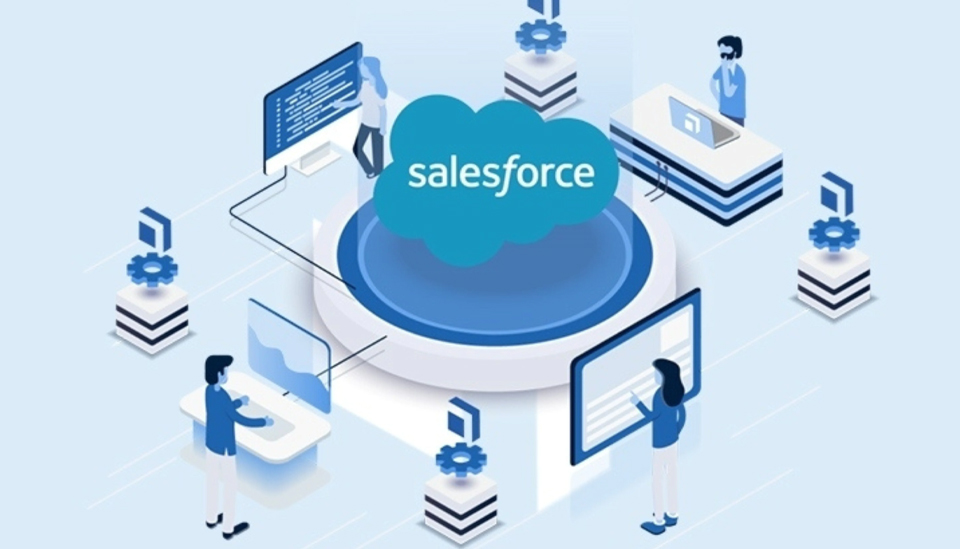U.S. stocks have experienced a notable rally this year, with the S&P 500 showing a 17.7% return, largely driven by a 34.2% return in the information technology sector, both figures accounting for dividends reinvested. However, several tech companies have lagged, presenting potential bargain opportunities for investors.
The S&P 500, weighted by market capitalization, has seen increasing concentration. The top three companies—Microsoft Corp. (MSFT), Apple Inc. (AAPL), and Nvidia Corp. (NVDA)—now represent 21% of the SPDR S&P 500 ETF Trust.
While the S&P 500 software-industry group, comprising 18 companies as defined by FactSet, has returned 18.8% this year, outperforming the overall S&P 500 but trailing the broader tech sector. Microsoft alone, holding a 62% weight in this group as of Dec. 31, has significantly influenced its performance, contributing 15.2% of the total return for 2024.
Among the 18 companies in the S&P 500 software-industry group, eight have delivered returns of 15% or more this year. Leading the pack is CrowdStrike Holdings Inc. (CRWD) with a 53% return, followed by Oracle Corp. (ORCL) at 39%, Fair Isaac Corp. (FICO) at 31%, and Microsoft at 24%. However, notable declines have been seen in Salesforce Inc. (CRM), down 2%, and Adobe Inc. (ADBE), down 4%.
Broader Opportunities in Software Stocks
Expanding our scope to the S&P Composite 1500 Index, which includes the S&P 500, the S&P MidCap 400, and the S&P Small Cap 600, we find 46 companies in the software-industry group. Out of these, 39 are covered by at least five analysts polled by FactSet, with consensus sales and earnings estimates available through 2026.
Salesforce saw a significant drop of 20% on May 30, closing at $218.01 after reporting earnings and providing guidance for subscription-revenue growth that fell short of analysts’ expectations. Despite keeping its annual revenue forecast unchanged, a decision that Ken Laudan, portfolio manager of the Buffalo Large Cap Fund, criticized as a mistake, Salesforce shares rebounded to $257.37 by Monday, marking only a 5% decline from their pre-earnings report close on May 29. Laudan sees this dip as a buying opportunity, expecting Salesforce to grow its revenue by 8% to 10% annually over the next five years and achieve double-digit earnings per share growth.
Adobe, on the other hand, received a positive market reaction when it reported quarterly results on June 13 that exceeded analysts’ estimates, reversing its year-to-date share decline. On June 14, Jefferies analyst Brent Thill reaffirmed his “Buy” rating for Adobe with a $700 price target, 15% above the consensus price target. Thill noted that Adobe’s price increases were shifting from a headwind in the first half of 2024 to a tailwind, with the company upselling customers to higher tiers featuring more AI capabilities.
Expected Growth Rates for Sales and Earnings Per Share
Using consensus estimates from brokerage analysts, FactSet adjusts to provide calendar-year estimates for sales and earnings per share (EPS) for companies whose fiscal years don’t match the calendar.
For the S&P 500, the expected weighted sales compound annual growth rate (CAGR) for the next two years is 5.7%, with an EPS CAGR of 12.9%. The S&P 500 software-industry group, however, is expected to show a two-year sales CAGR of 14.2% and an EPS CAGR of 15.9%, indicating strong growth prospects in this sector.

